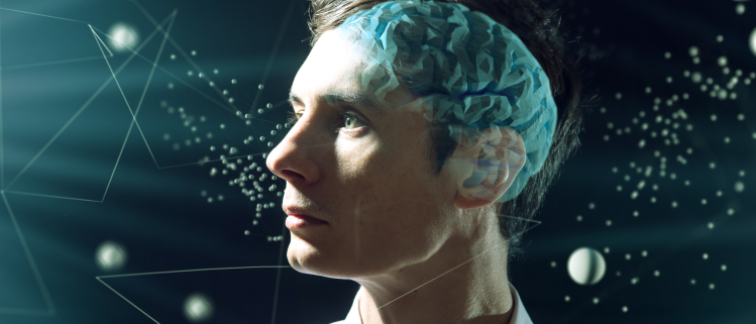Previous research has indicated that gliomas are more likely to occur in the grey matter of the frontal and temporal lobes of the human brain. However, why this happens is not understood. Dr. Linda Douw and her team hypothesized that there could be a potential correlation between the location of glioma and areas of the brain that are highly active.
A 3D heat-map of glioma occurrence
The researchers first mapped the exact locations of gliomas from over 400 patients based on magnetic resonance imaging (MRI). Each tumor occurrence was carefully converted into voxels: coordinates in a three-dimensional space. To create a 3D anatomical map of glioma occurrence, the comprehensive voxel data were combined with information from the Brainnetome Atlas, a map outlining 210 distinct cortical brain regions.
Pinpointing brain areas with high activity
To determine the areas in the brain that are highly active, 65 healthy controls were recruited since brain tumors may alter brain activities in patients. Brain images obtained by MRI were correlated with neuronal activity captured via magnetoencephalography (MEG) to establish the highly active brain regions in healthy individuals.
Superimposing glioma-occurrence and neuron-activity maps: it’s a match!
Superimposing the datasets clearly showed that brain areas with intrinsically higher activity are more often affected by glioma than regions with low activity. In addition, patient data revealed that high intrinsic activity at the location of the tumor is associated with more aggressive disease and poorer outcome.

Altogether, the findings of Dr. Douw’s research team hold important clues towards better understanding the cross-talk between tumors and normal brain cells. Not only does this cross-talk influence the pathogenesis of the disease, but it also can affect its progress and symptoms of the malignancy, and may explain why some patients with glioma suffer from extensive symptoms and cognitive deficits while others do not.
For more information contact Dr. Linda Douw or read the scientific publication:
Numan, T., et al (2022) Regional healthy brain activity, glioma occurrence and symptomatology, Brain; awac180, https://doi.org/10.1093/brain/awac180
Involved researchers at Amsterdam UMC:
Tianne Numan#
Lucas C Breedt
Bernardo de A P C Maciel#
Shanna D Kulik
Jolanda Derks#
Menno M Schoonheim
Martin Klein
Philip C de Witt Hamer
Arjan Hillebrand
Cornelis J Stam
Jeroen J G Geurts
Jaap C Reijneveld
Linda Douw
#Amsterdam UMC alumni.
Funding:
Part of the data collection was funded by the Netherlands Organization for Scientific Research (Rubicon grant, Veni grant, Vidi grant) and the Branco Weiss Fellowship.
Text by Henri van de Vrugt.
This article was created for Cancer Center Amsterdam.
©2022 - NHBC – Your partner in science communication.

